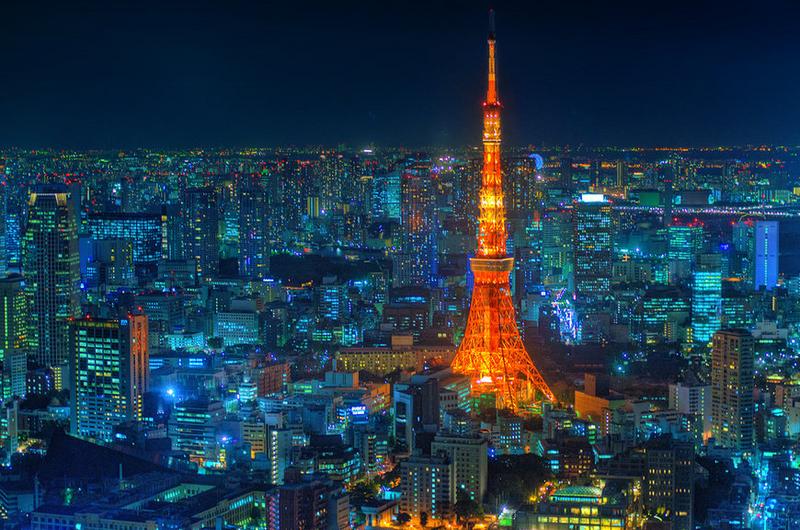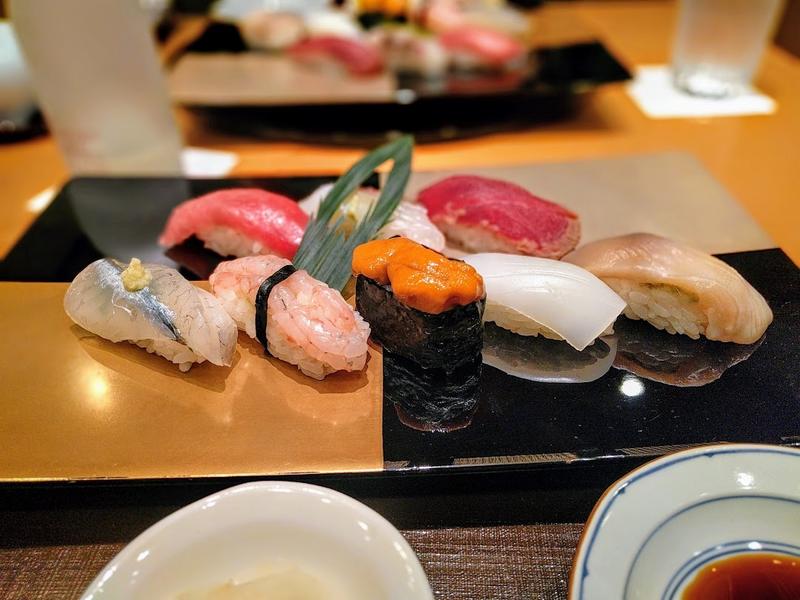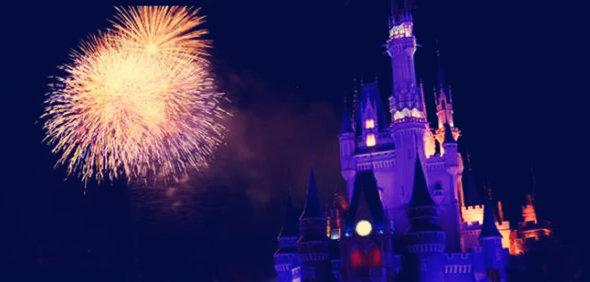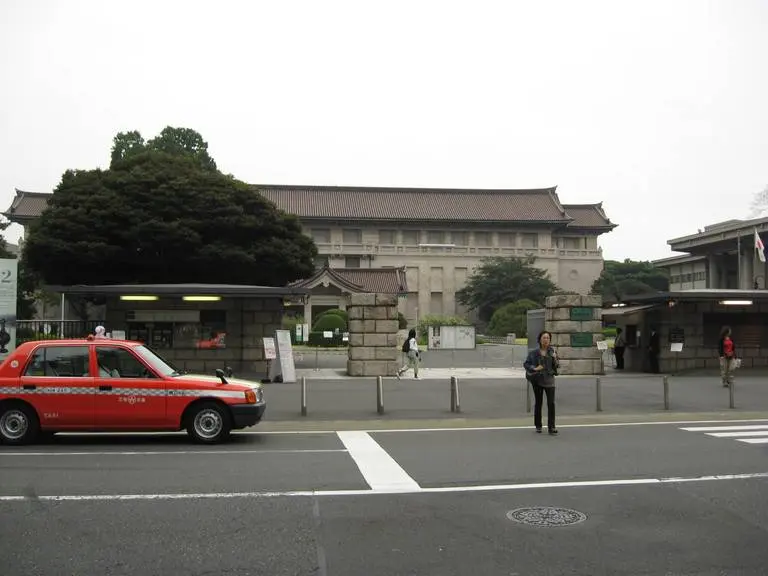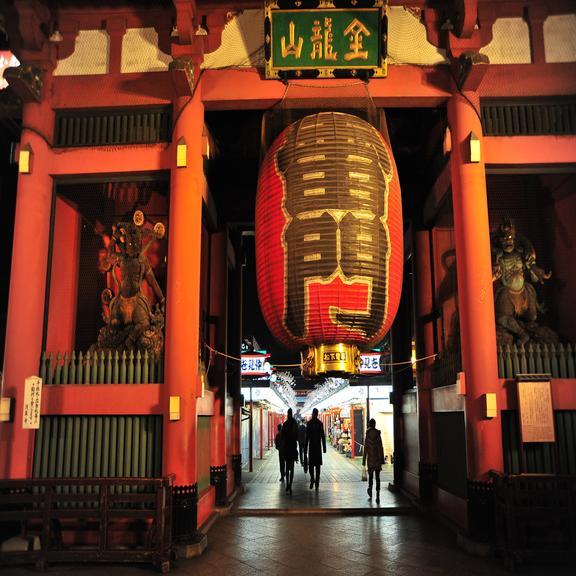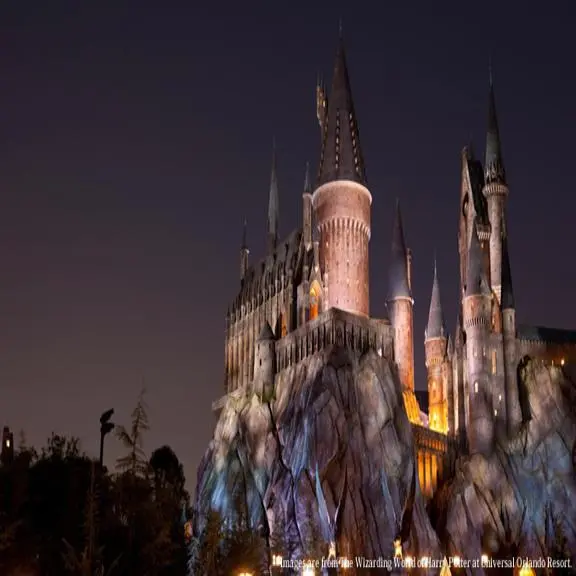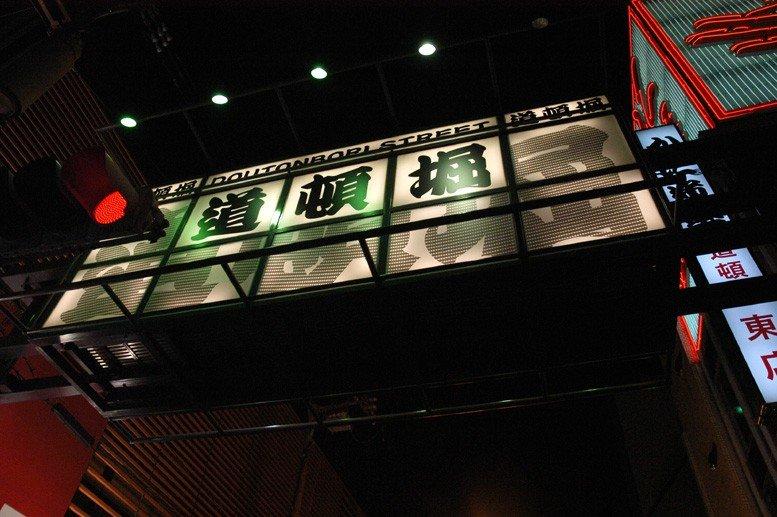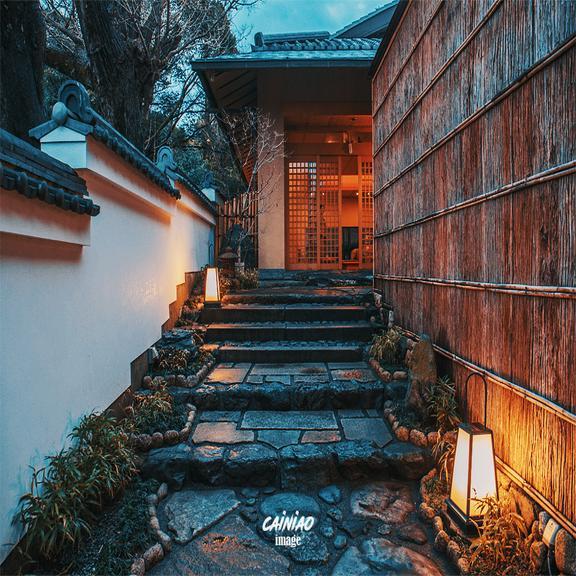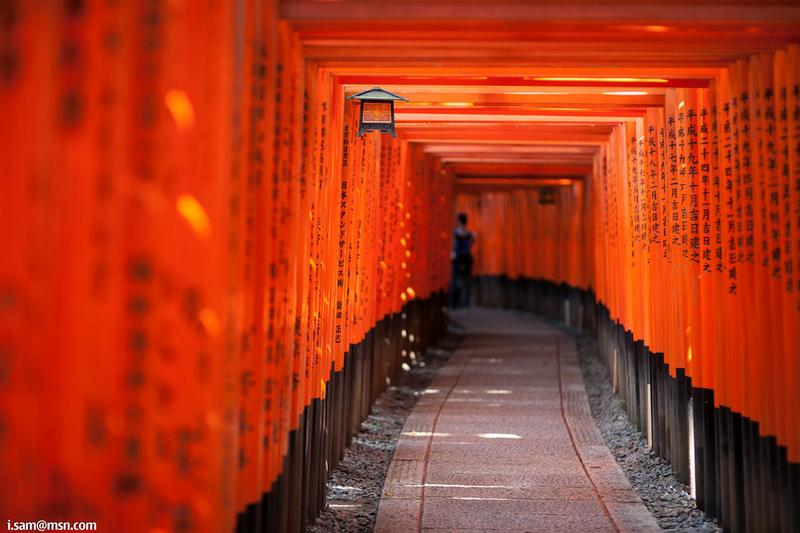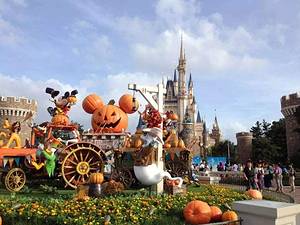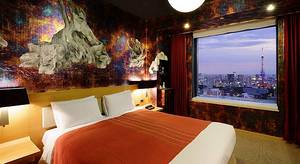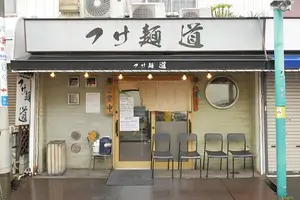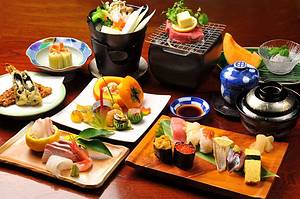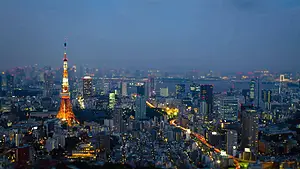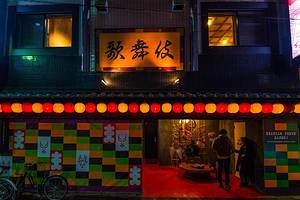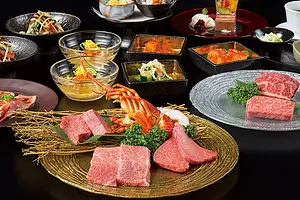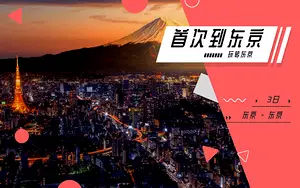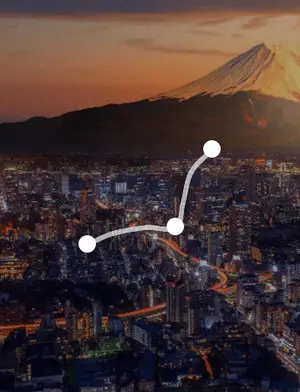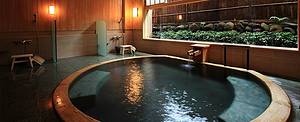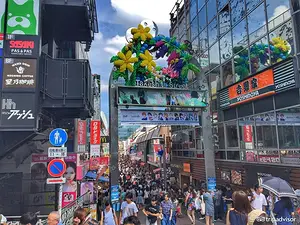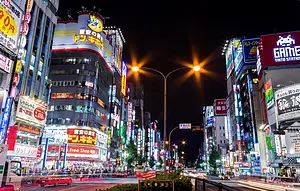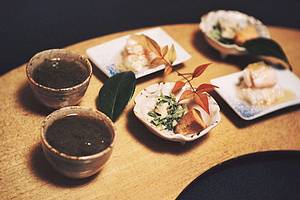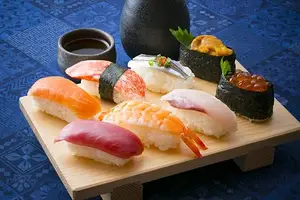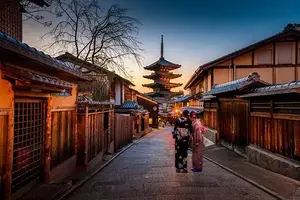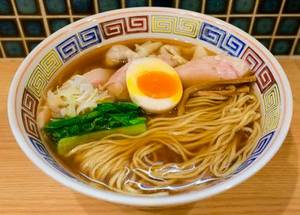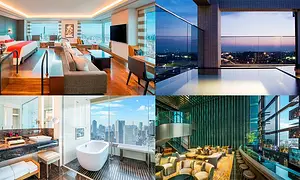Japan Family Tour 7 Days [Secondary, Studios, Disney]
3 cities |
12 attraction(s) |
total distance 518
km
 TIPS
TIPS
Day1
Day2
Day3
Day4
Day5
Day6
Day7
Day1: Tokyo
2 attraction(s) ·
2 km
1
Tokyo Tower, also known as Nihon Denpa-tō, is located in Shiba Park, Minato Ward, Tokyo, Japan. It is a red and white tower modeled after the Eiffel Tower in Paris, standing at a height of 332.6 meters, 8.6 meters taller than the Eiffel Tower. Built in October 1958, it was once the tallest structure in Tokyo until the completion of Tokyo Skytree (634 meters) in February 2012, and has always been one of the landmarks of Tokyo. The tower has an observation deck at the top, offering panoramic views of the entire Tokyo metropolitan area, with a clear view of Mount Fuji on a clear day. The tower's lighting changes colors according to the season, with special decorations for holidays such as Christmas.
2
km
Day2: Tokyo
1 attraction(s) ·
0 km
1
Tokyo Disneyland is a magical kingdom full of adventure opportunities. You can explore mysterious museums, ride boats through a colorful world, and travel through space on a rocket. Disney characters present exciting parades and nighttime fireworks that illuminate the entire park in a dazzling display of colors. You will never forget your wonderful journey at Tokyo Disneyland.
Day3: Tokyo
2 attraction(s) ·
7 km
1
Started as a kimono store in 1886, this famous destination is now known for high fashion shopping.
7
km
Day4: Tokyo
2 attraction(s) ·
2 km
1
If you only have time to visit one art museum, the Tokyo National Museum is the best choice. It is the largest and oldest museum in Japan, with over 89,000 items in its collection, including over 100 national treasures and over 500 important cultural properties. The museum is divided into five independent galleries: the Honkan, the Heiseikan, the Toyo Bunko, the Toyokan, and the Horyu-ji Treasure Gallery. The main building is designed in the traditional Japanese style known as the "Emperor's Crown," and is considered a masterpiece of museum architecture. The National Museum was originally known as the Imperial Museum and changed its name in 1952. The galleries are surrounded by lush green paths, creating a harmonious atmosphere between people, nature, and culture, which is quite different from the typical image of a cold and dull museum.
2
km
2
Sensoji Temple is the oldest temple in Tokyo, built in 628. According to legend, a fisherman discovered a golden statue of the goddess Kannon and built a tower to enshrine it in the same spot. Later, it was expanded into its current size. During the Edo period, Tokugawa Ieyasu ordered the rebuilding of Sensoji Temple, which gradually became a cultural center.
Climbing the gate with a giant lantern, the Kaminarimon gate, is one of the symbols of Asakusa and even Japan. In the middle of the gate are statues of the gods of thunder and wind, and its formal name is "Furaijin Gate."
Through the shopping street, you can see the main hall, which gradually became prosperous because Ieyasu designated it as a place of prayer for the shogunate. In the northeastern corner of Sensoji Temple, there is also Asakusa Shrine, which was built in the Heian period and has an elegant and beautiful architectural style.
Every May, Sensoji Temple holds the Sanja Festival, one of the three major festivals in Edo, which is the grandest event in Asakusa. This festival originated in the Edo period and fully displays the traditional culture and human emotions of the time. In the activity of carrying the shrine, several dozen people dress up in the style of the old-fashioned and gather from various directions to Sensoji Temple, creating a lively atmosphere.
Day5: Osaka
2 attraction(s) ·
7 km
1
USJ, or Universal Studios Japan, is a super popular theme park among travelers in Japan, just like Tokyo Disneyland. If you are traveling to the Kansai region, you shouldn't miss this place. Besides enjoying the beautiful scenery of Osaka, coming to Universal Studios to experience a unique thrill and joy is also a great choice. Here, you can participate in various exciting entertainment facilities themed around Hollywood movies, such as watching Spider-Man swinging around, avoiding the jaws of a giant shark, witnessing roaming dinosaurs, and experiencing the danger of being chased by zombies in Resident Evil. The park also offers various interesting themed restaurants and mesmerizing nighttime parade performances.
The Harry Potter-themed area, which opened in July 2014, is loved by visitors. It not only highly recreates the scenes from the original works but also sells a large number of exquisite merchandise. The park is conveniently located and close to Osaka Station, and the waiting time for rides is much shorter compared to Disneyland. The opening and closing times vary daily, so travelers who want to see the nighttime parade should check the official website in advance and plan accordingly. UnionPay cards starting with 62 can be conveniently used for payment and cash withdrawal here, and most ATMs also provide Chinese interfaces, making it more convenient for visitors to enjoy the park.
7
km
2
どうとんぼり
Dotonbori is Osaka's most bustling district and also the local food center. It is the birthplace of Osaka's food culture and attracts many travelers who come to taste the cuisine. From takoyaki, teppanyaki, yakiniku, kushikatsu, revolving sushi to fugu cuisine, it covers almost all of Osaka's characteristic cuisine, even inconspicuous small shops can serve delicious food. This longing food culture fully demonstrates the appetite of the people of Osaka, and it's not uncommon to eat until bankrupt.
If you want to recommend a few stores, it is recommended to try the “Kinryu Ramen” with always-long queues in front of the store, the teppanyaki original “Botechu” and the famous store “Konamon Museum”, where you can experience the experience of tasting and making takoyaki. In addition, “Osaka Ohsho” and “Kani Douraku” are also worth trying. The most authentic taste of these two nationally known chains is in their main stores.
In addition to food, you can also visit Hozenji Temple, go to the Matsuzakaza to enjoy Kabuki performances, take a walk along Dotonbori River at night, enjoy the colorful neon lights, and experience the feel of the Edo period.
Day6: Kyoto
2 attraction(s) ·
6 km
1
Kinkaku-ji, also known as the Golden Pavilion, was originally built as a retirement villa for the shogun Ashikaga Yoshimitsu in 1397. It later became a Zen temple. The name "Golden Pavilion" comes from the gold leaf that covers its exterior. In 1950, the temple was unfortunately set on fire and the golden building was burned down, but it has since been rebuilt to its former glory. Kinkaku-ji is a three-story building with the first floor called Hojo, the second floor housing a shrine dedicated to Kannon, and the third floor as a square-shaped Buddhist hall with three statues of Buddha. The temple's golden reflection shimmering in the surrounding Mirror Pond is a beautiful sight and one of the iconic landmarks of Kyoto.
Unlike other attractions, visitors of Kinkaku-ji do not enter with a ticket, but instead receive a stamp with a blessing. Within the temple grounds, visitors can use Chinese and Korean fortune slips for divination and purchase the famous matcha ice cream.
6
km
2
Gion Corner is a theater that showcases traditional Kyoto performing arts. The performances usually last around an hour and include Kyoto-style dance, tea ceremony, flower arrangement, koto music, Noh theater, and Bunraku puppetry. Visitors can experience the rich cultural heritage of Kyoto through these performances. Additionally, the Kabuki Gallery displays stage videos and Kabuki-related items such as hairpins.
Day7: Kyoto
1 attraction(s) ·
0 km
1
Fushimi Inari Taisha is located at the foot of Mount Inari in the southern part of Kyoto, with a long history. Legend has it that the agricultural deity Inari enshrined here can bless business prosperity and abundant harvest, attracting many pilgrims to worship. Foxes are considered messengers of the gods, so there are many different-shaped fox stone statues and fox-faced prayer plaques, showing people's reverence for foxes. Fushimi Inari Taisha is not only worth visiting for its main building, but also known for its "Senbon Torii" or "Thousand Torii Gates". This path to the mountaintop is lined with hundreds of vermilion-colored torii gates, spanning about 4 kilometers in total. It takes 2-3 hours to walk round trip to the mountaintop. This route is one of the representative landscapes of Kyoto and has appeared in the movie "Memoirs of a Geisha", leaving a deep impression with the scenes featuring the backdrop of the thousand torii gates.
